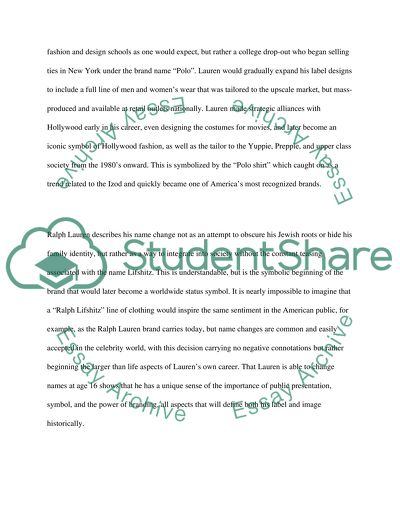Cite this document
(“Ralph Lauren: The Man, the Vision, the Style Book Report/Review”, n.d.)
Retrieved from https://studentshare.org/family-consumer-science/1416196-ralph-lauren-the-man-the-vision-the-style
Retrieved from https://studentshare.org/family-consumer-science/1416196-ralph-lauren-the-man-the-vision-the-style
(Ralph Lauren: The Man, the Vision, the Style Book Report/Review)
https://studentshare.org/family-consumer-science/1416196-ralph-lauren-the-man-the-vision-the-style.
https://studentshare.org/family-consumer-science/1416196-ralph-lauren-the-man-the-vision-the-style.
“Ralph Lauren: The Man, the Vision, the Style Book Report/Review”, n.d. https://studentshare.org/family-consumer-science/1416196-ralph-lauren-the-man-the-vision-the-style.


